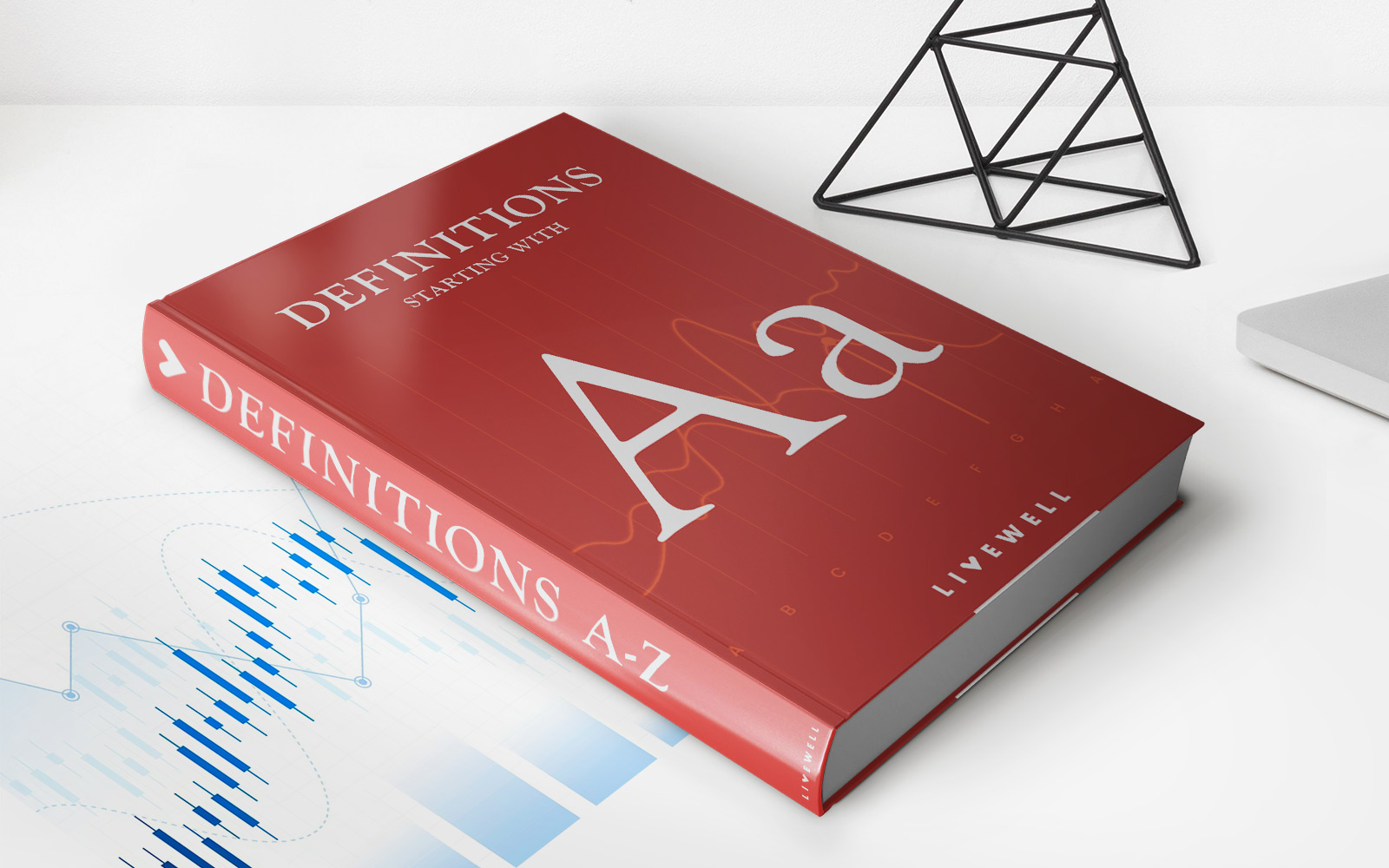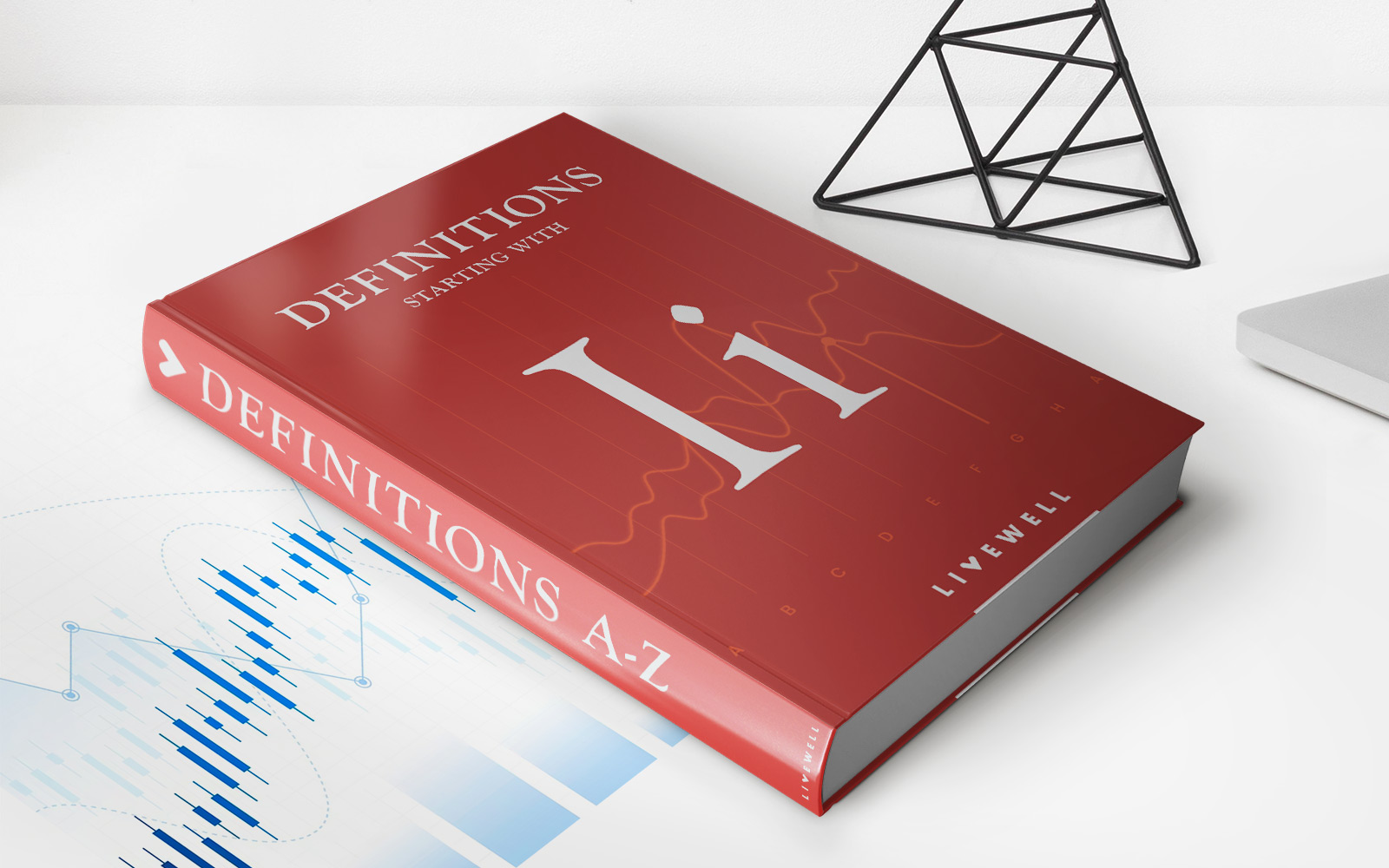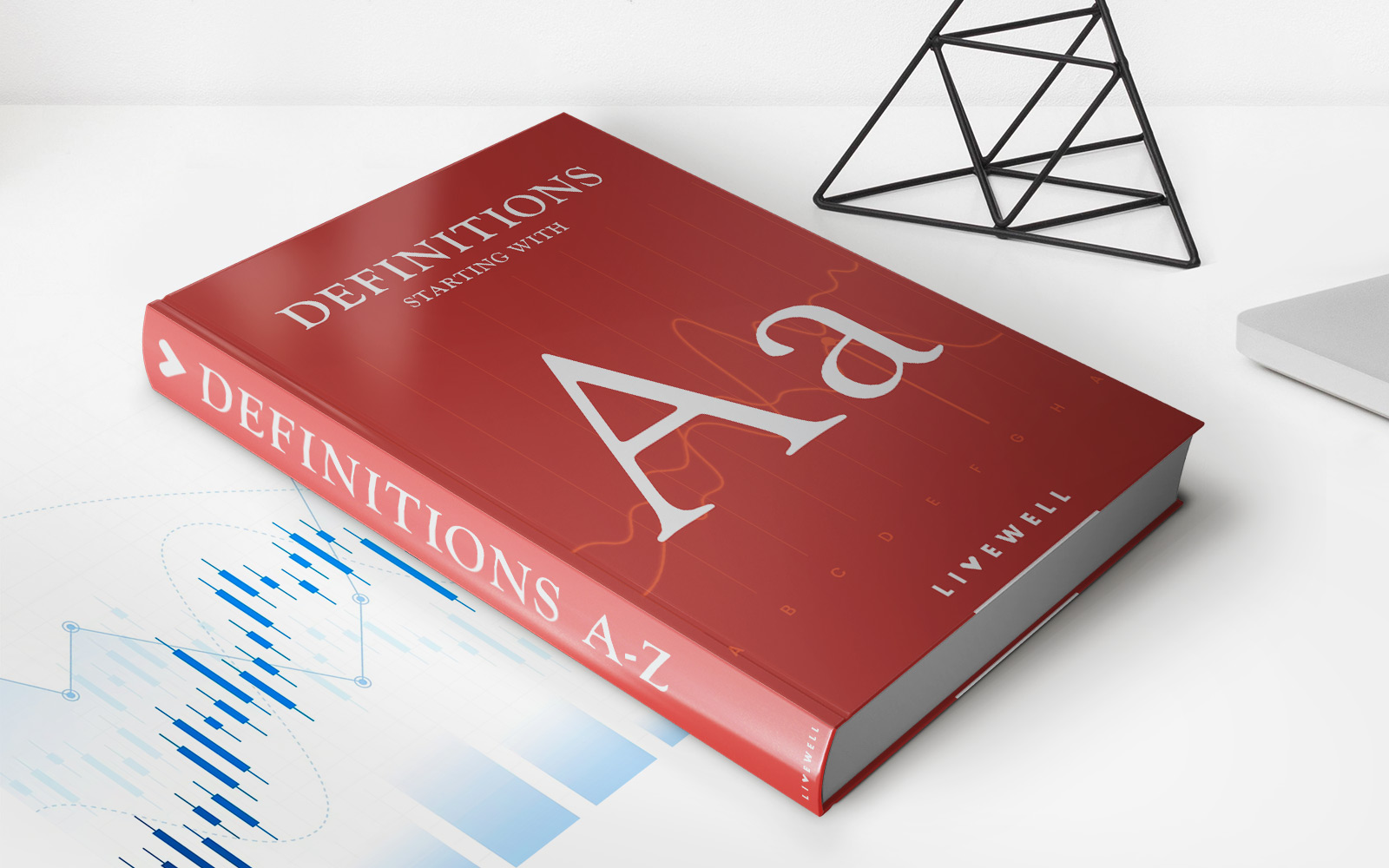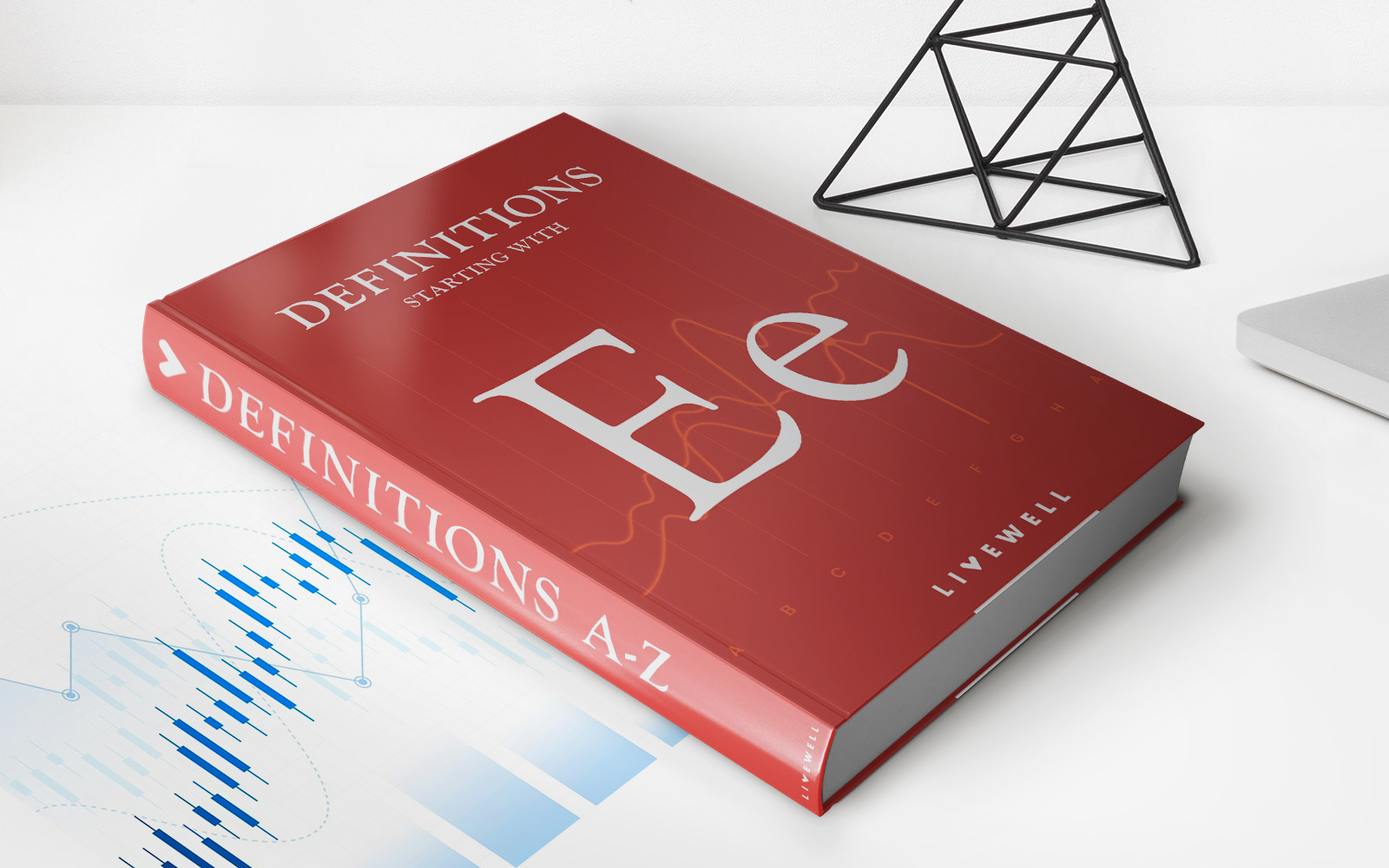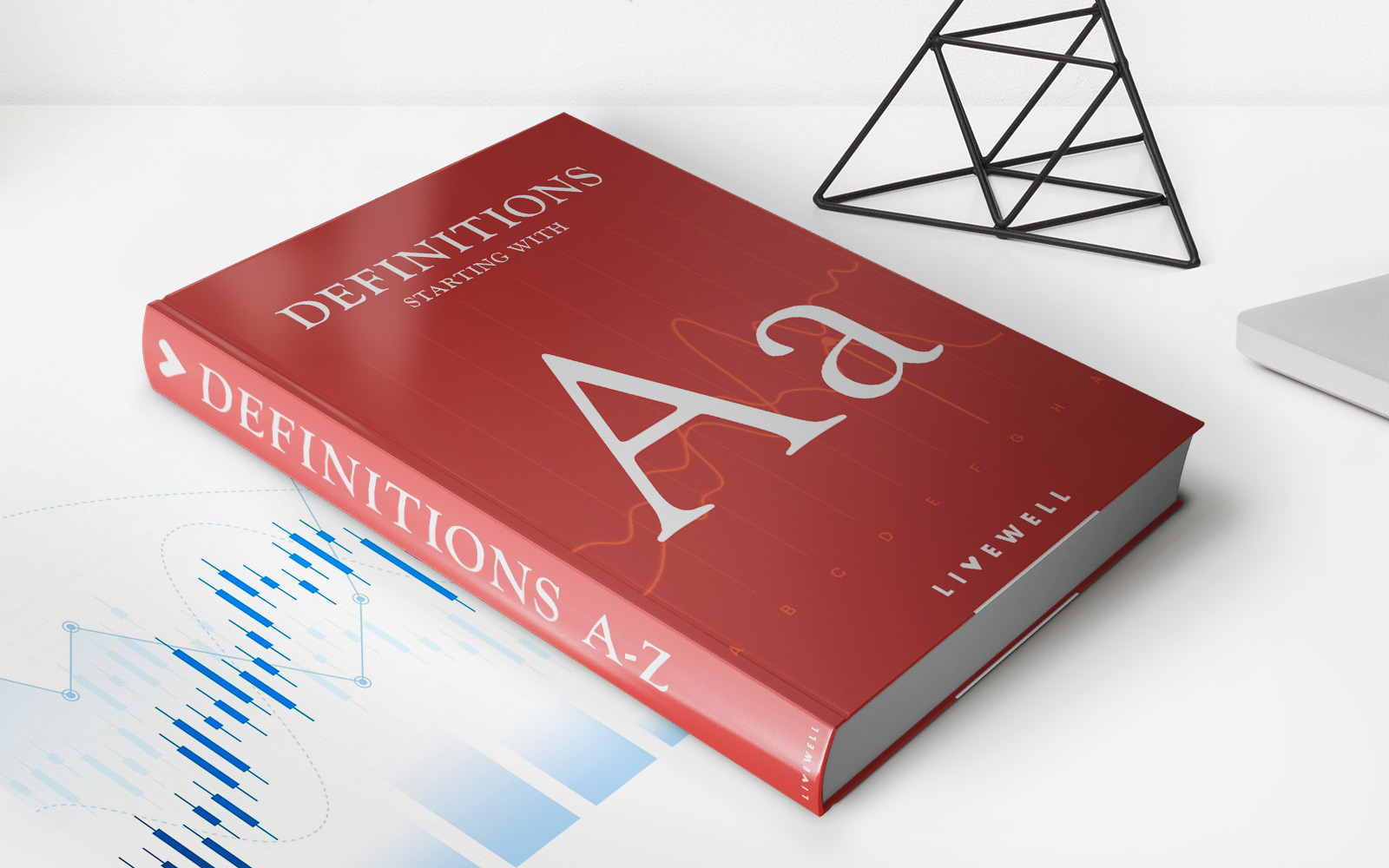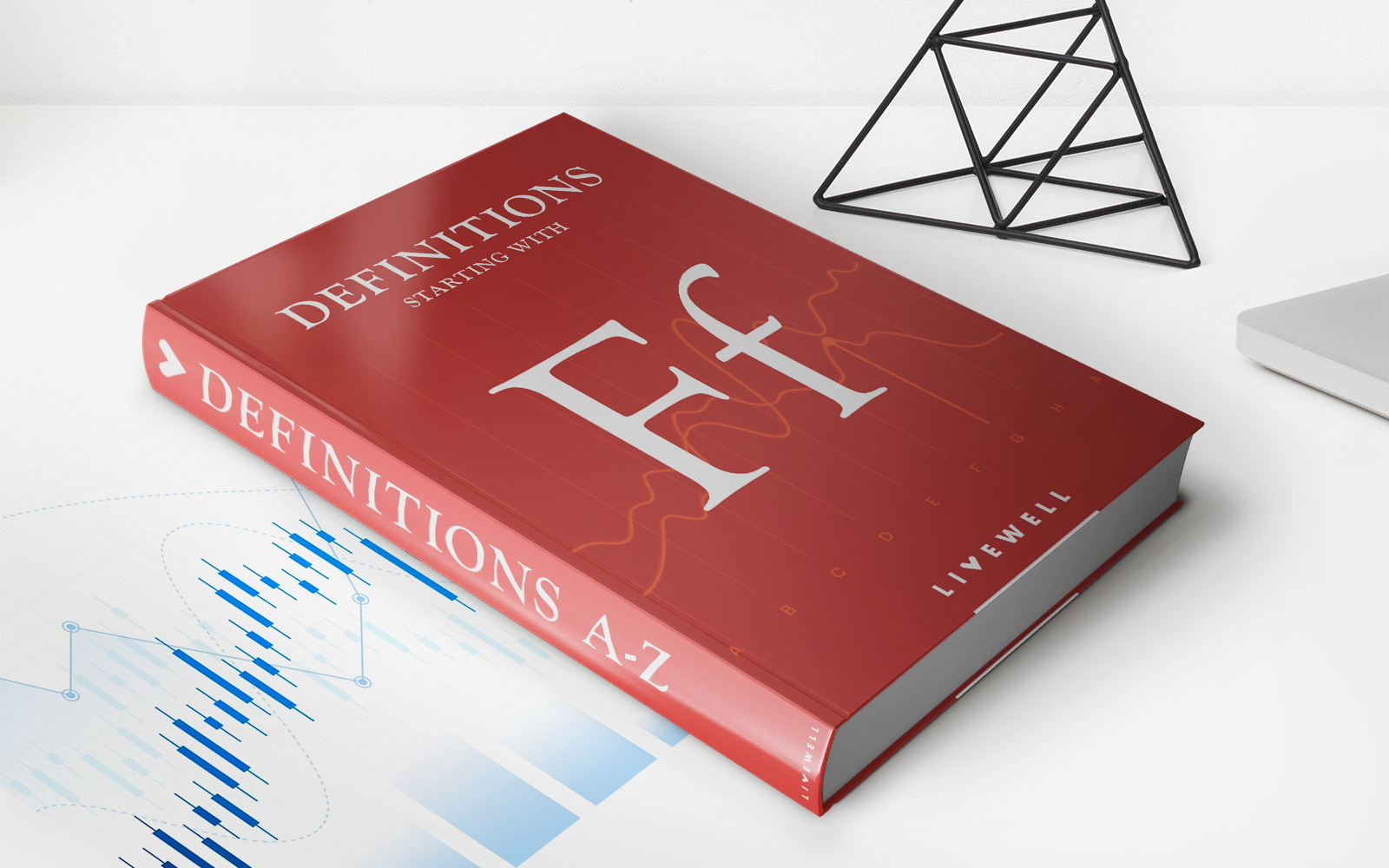Home>Finance>Expected Utility: Definition, Calculation, And Examples
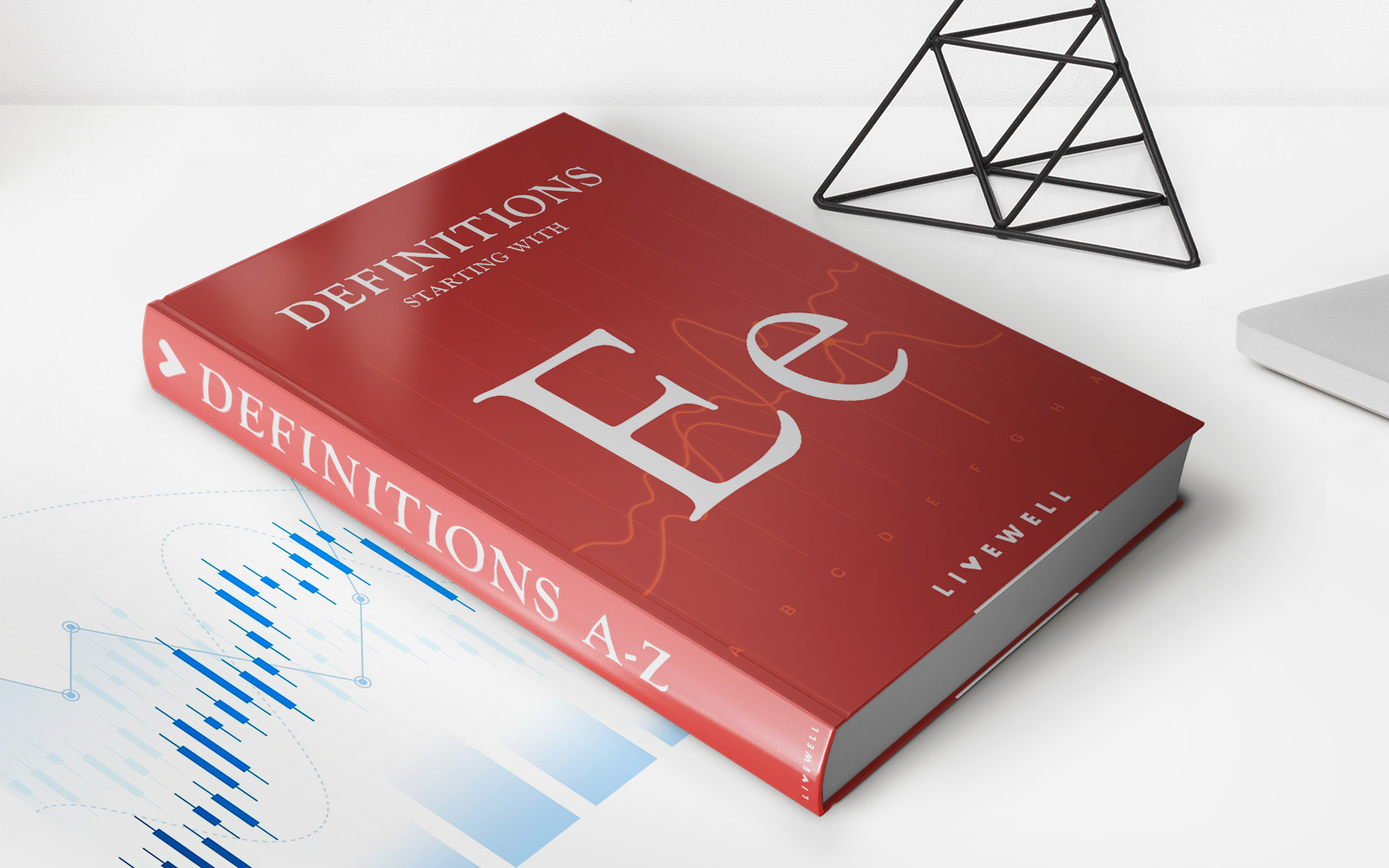

Finance
Expected Utility: Definition, Calculation, And Examples
Published: November 21, 2023
Learn about the concept of expected utility in finance and how it is calculated, with examples to help you understand its application.
(Many of the links in this article redirect to a specific reviewed product. Your purchase of these products through affiliate links helps to generate commission for LiveWell, at no extra cost. Learn more)
Understanding Expected Utility in Finance
When it comes to making financial decisions, having a clear understanding of expected utility is essential. But what exactly is expected utility? How is it calculated, and why is it important? In this blog post, we will delve into the world of expected utility, providing you with a comprehensive overview to help elevate your financial decision-making abilities.
Key Takeaways:
- Expected utility is a concept in finance that measures the satisfaction or value an individual or investor expects to receive from a particular outcome.
- It combines the potential outcomes of an investment or decision with the probabilities of those outcomes to determine the overall utility or satisfaction.
Defining Expected Utility
Expected utility is a concept rooted in decision theory that attempts to quantify the value or satisfaction an individual or investor expects to receive from a specific outcome. It takes into account both the potential outcomes and their respective probabilities.
To understand the concept better, let’s consider an example. Imagine you have two investment options available to you:
- Option A: A low-risk investment with a guaranteed return of 5%.
- Option B: A high-risk investment with a potential return of 10%, but there is a 50% chance that you may lose 5% of your investment.
From a purely rational standpoint, you might choose Option A since it has a guaranteed return. However, expected utility takes into account your risk tolerance and preferences. If you deem the potential higher return of Option B worth the risk, you might choose it instead. Expected utility allows you to make decisions based on your risk aversion and overall satisfaction.
Calculating Expected Utility
Calculating expected utility involves two main components: the utility function and the probabilities of the outcomes. The utility function assigns a numerical value to each potential outcome to represent the level of satisfaction or utility it provides. The probabilities of the outcomes are then multiplied by their respective utilities, and the sum of these products gives the expected utility.
Let’s continue with our investment example:
- Option A: Utility of 7 (on a scale of 1-10) with a 100% probability.
- Option B: Utility of 8 (higher potential return outweighs the risk) with a 50% probability and a utility of 3 (reflecting the loss) with a 50% probability.
The expected utility of Option A would be 7 (7 x 1), while the expected utility of Option B would be [(8 x 0.5) + (3 x 0.5)] = 5.5. Based on these calculations, you may choose Option A if you prioritize the certainty of returns or Option B if you are willing to take on some risk for the potentially higher reward.
Examples of Expected Utility
Expected utility can be applied in various financial contexts. Here are a few examples:
- Investment decisions: When comparing different investment options, expected utility can help determine the option that aligns best with an investor’s risk tolerance and preferences.
- Portfolio diversification: By calculating the expected utility of different asset allocations, investors can optimize their portfolios to maximize utility based on their risk and return expectations.
- Insurance choices: Expected utility can aid in deciding between insurance policies, weighing the premiums against the potential benefits and the level of protection they provide.
By incorporating expected utility into your financial decision-making process, you can make more informed choices that align with your individual preferences and risk tolerance. Remember, though, that expected utility is just one tool within a broader framework of financial analysis.
Conclusion
Expected utility serves as a valuable concept in the world of finance. Its ability to incorporate both potential outcomes and their probabilities allows individuals and investors to make decisions that align with their preferences and risk appetite.
Remember, when making financial decisions, it’s crucial to consider your personal risk tolerance, long-term goals, and overall satisfaction. By leveraging the power of expected utility, you can navigate the complex world of finance with increased confidence and make choices that are best suited to your unique circumstances.
